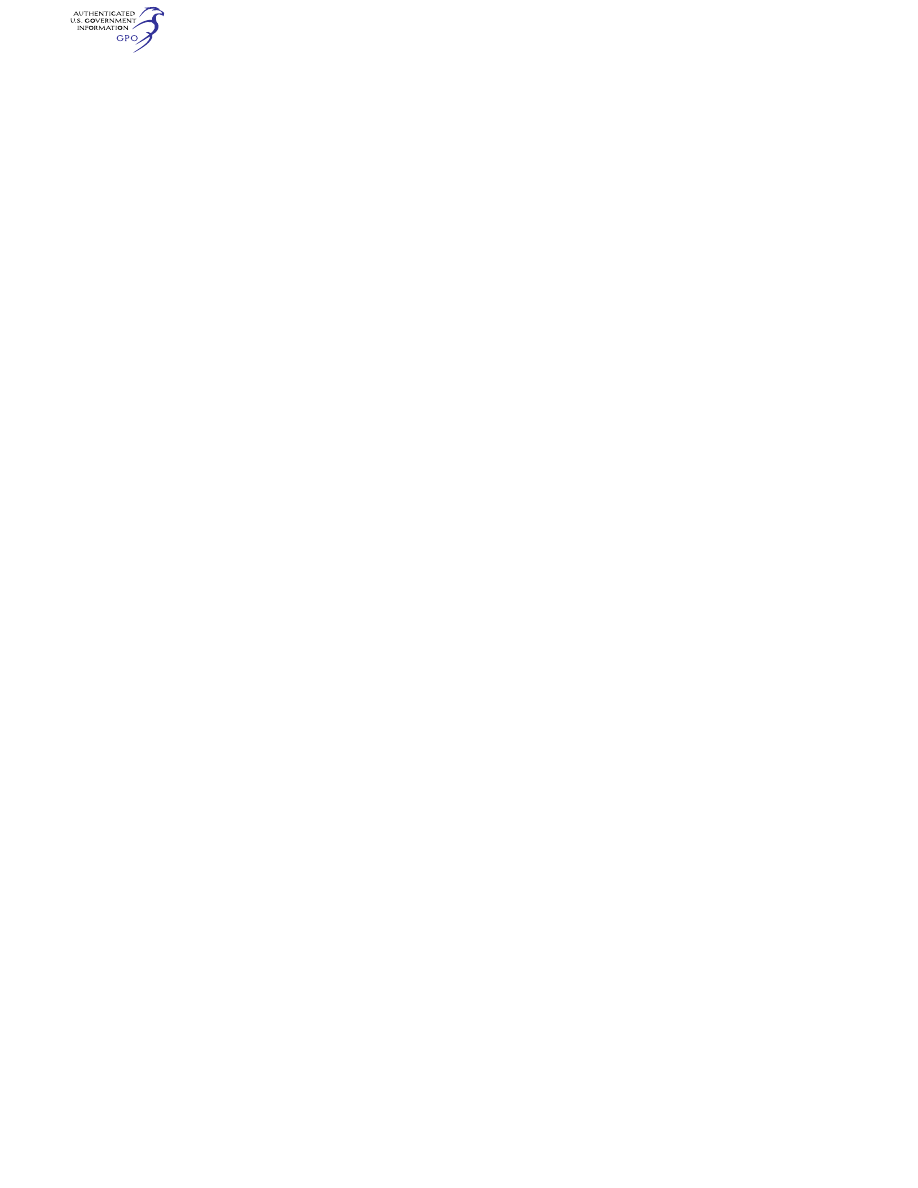
400
49 CFR Ch. XII (10–1–23 Edition)
§ 1552.5
§ 1552.5
Fees.
(a)
Imposition of fees. The following
fee is required for TSA to conduct a se-
curity threat assessment for a can-
didate for flight training subject to the
requirements of § 1552.3: $130.
(b)
Remittance of fees. (1) A candidate
must remit the fee required under this
subpart to TSA, in a form and manner
acceptable to TSA, each time the can-
didate or the flight school is required
to submit the information required
under § 1552.3 to TSA.
(2) TSA will not issue any fee re-
funds, unless a fee was paid in error.
Subpart B—Flight School Security
Awareness Training
§ 1552.21
Scope and definitions.
(a)
Scope. This subpart applies to
flight schools that provide instruction
under 49 U.S.C. Subtitle VII, Part A, in
the operation of aircraft or aircraft
simulators, and to employees of such
flight schools.
(b)
Definitions: As used in this sub-
part:
Flight school employee means a flight
instructor or ground instructor certifi-
cated under 14 CFR part 61, 141, or 142;
a chief instructor certificated under 14
CFR part 141; a director of training cer-
tificated under 14 CFR part 142; or any
other person employed by a flight
school, including an independent con-
tractor, who has direct contact with a
flight school student. This includes an
independent or solo flight instructor
certificated under 14 CFR part 61.
§ 1552.23
Security awareness training
programs.
(a)
General. A flight school must en-
sure that—
(1) Each of its flight school employ-
ees receives initial and recurrent secu-
rity awareness training in accordance
with this subpart; and
(2) If an instructor is conducting the
initial security awareness training pro-
gram, the instructor has first success-
fully completed the initial flight
school security awareness training pro-
gram offered by TSA or an alternative
initial flight school security awareness
training program that meets the cri-
teria of paragraph (c) of this section.
(b)
Initial security awareness training
program. (1) A flight school must ensure
that—
(i) Each flight school employee em-
ployed on January 18, 2005 receives ini-
tial security awareness training in ac-
cordance with this subpart by January
18, 2005; and
(ii) Each flight school employee hired
after January 18, 2005 receives initial
security awareness training within 60
days of being hired.
(2) In complying with paragraph
(b)(2) of this section, a flight school
may use either:
(i) The initial flight school security
awareness training program offered by
TSA; or
(ii) An alternative initial flight
school security awareness training pro-
gram that meets the criteria of para-
graph (c) of this section.
(c)
Alternative initial security aware-
ness training program. At a minimum,
an alternative initial security aware-
ness training program must—
(1) Require active participation by
the flight school employee receiving
the training.
(2) Provide situational scenarios re-
quiring the flight school employee re-
ceiving the training to assess specific
situations and determine appropriate
courses of action.
(3) Contain information that enables
a flight school employee to identify—
(i) Uniforms and other identification,
if any are required at the flight school,
for flight school employees or other
persons authorized to be on the flight
school grounds.
(ii) Behavior by clients and cus-
tomers that may be considered sus-
picious, including, but not limited to:
(A) Excessive or unusual interest in
restricted airspace or restricted ground
structures;
(B) Unusual questions or interest re-
garding aircraft capabilities;
(C) Aeronautical knowledge incon-
sistent with the client or customer’s
existing airman credentialing; and
(D) Sudden termination of the client
or customer’s instruction.
(iii) Behavior by other on-site per-
sons that may be considered sus-
picious, including, but not limited to:
VerDate Sep<11>2014
13:18 Nov 27, 2023
Jkt 259235
PO 00000
Frm 00410
Fmt 8010
Sfmt 8010
Y:\SGML\259235.XXX
259235
skersey on DSK4WB1RN3PROD with CFR
